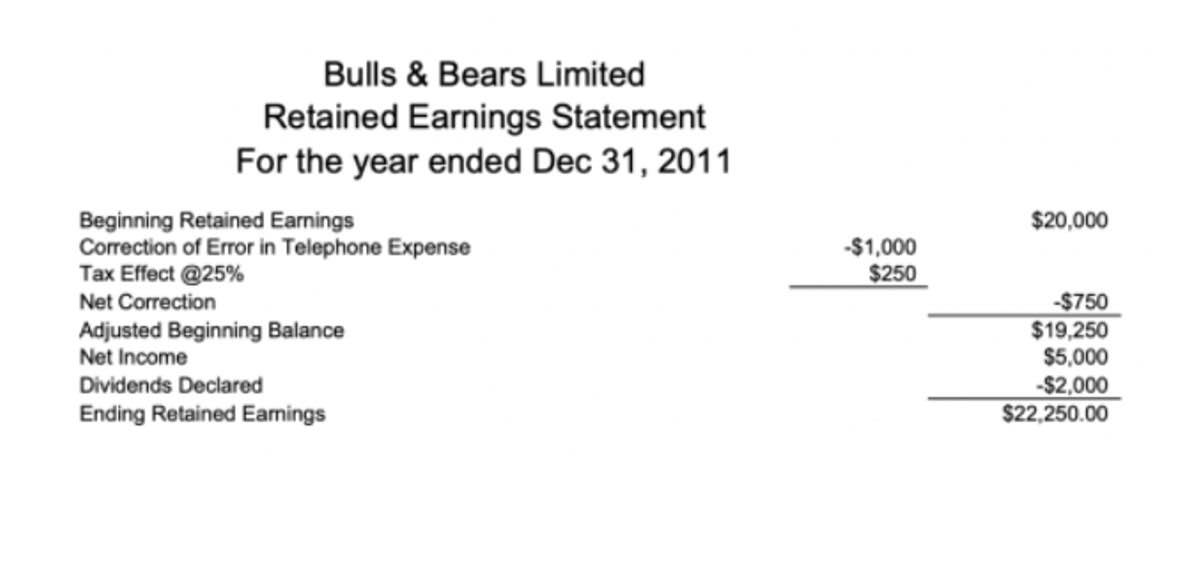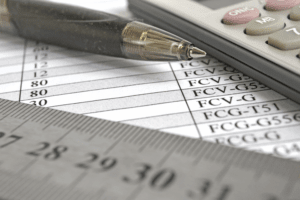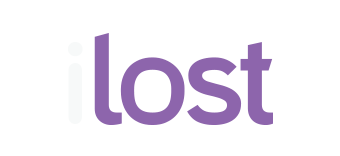Accounts Receivable Automation: 6 Best Practices To Implement

Use these 17 accounts receivable best practices to accelerate collections, reduce past-due accounts, improve customer relationships, and optimize your AR processes. This will not only give you deep insights into your accounts receivable process but also ensure a smoother transition and adoption of the automation software. It is highly recommended to use AR automation software to automate all the steps above as a part of the accounts receivable process. The core function of automation is to build a logic around your accounts receivable process, including which customer to charge, how to charge, when to charge, and what to charge for. The first quarter goes by smoothly, but the customer wants adjustments (such as add-ons, upgrade/downgrade, and the like) in the second quarter. Now, imagine hundreds or thousands of customers instead of one – it would be impossible for any company to pull this off manually.
Grow Your Revenue and Boost Cash Flow
- Schedule weekly or monthly reconciliations and create a checklist of items to review.
- By automating these tasks, you can ensure that invoices are generated promptly and delivered to customers without delay.
- Days sales outstanding is one of the most important metrics for determining the effectiveness of collections efforts.
- Implement a regular schedule for reviewing and updating customer information, and create processes for capturing any changes and reflecting those updates across all systems.
- Suhani Jain is an accomplished fintech marketer with over five years of expertise in churn management, cash flow optimization, and subscription billing models.
- This analysis helps identify patterns, reveal issues, and improve AR policies and procedures.
This helps prevent collection issues while ensuring that you’re treating all your customers fairly and consistently. It will also help avoid unnecessary complications and make the system work more effectively. accounts receivable automation This is one of the most popular features every AR automation software tends to have.
- It is important to clarify them beforehand instead of trying to do too many things in one go or worse, trying to automate every process.
- Having well-defined escalation procedures helps you make sure that seriously overdue payments are handled promptly and appropriately.
- Set up AR processes to generate aging reports automatically and review them each week.
- This step also ensures the invoices (or bills) are sent to the right customers and reach customers at the right time, without any errors.
- Explore the essential licensing requirements for supply chain companies operating in Mississippi including necessary permits, regulations, …
- Document your escalation process and make sure all your team members understand the triggers for each level of escalation.
Provide a seamless payment experience

Electronic payment solutions streamline the payment process, making it easier for customers to pay their invoices on time. By integrating electronic payment options such as credit cards, ACH transfers, and online payment gateways, you can offer customers multiple convenient ways to pay. Additionally, automated payment reminders can be set up to notify customers of upcoming due dates, further ensuring timely payments. To effectively manage your AR process, it’s crucial to monitor and analyse key AR metrics.
Accounts Receivable Automation Best Practices
The foundation of successful accounts Bakery Accounting receivable automation lies in having an integrated AR system. This system should seamlessly connect with your existing accounting software and other financial systems. An integrated system ensures that data flows smoothly between different platforms, reducing the risk of errors and discrepancies.

Ensure seamless integration of tech stack

Working together will help you map the entire AR process from beginning to end, and identify areas for improvement. This will help you identify customer pain points and challenges, as well as potential bottlenecks contra asset account in the automation process. All of this will be useful in properly streamlining the entire billing to AR collections process. Some function more as a general accounting software for a small financial department to manage different functions while others focus specifically on accounts receivable. Monitor disputes, understand the reasons for them, and try to resolve them as soon as possible, to avoid delayed collections.
- Customize your reminder language to maintain professionalism while escalating urgency appropriately.
- This practice prevents small issues from becoming major problems and maintains the integrity of your financial reporting.
- Before you find a system to help you automate, follow these best practices for accounts receivable automation.
- This documentation can prove invaluable when resolving disputes or determining next steps with overdue accounts.
- This includes current contact information, payment preferences, and any special billing requirements.
- Train your team on processing each payment type and communicate your new payment processing options clearly to customers.

The automation of accounts receivable enhances data accuracy and reduces manual errors, making it an essential tool for A/R and finance teams. Gaviti’s autonomous invoice-to-cash A/R management solution, however, takes this a step further by eliminating the need for constant human control or supervision in the performance of tasks. An A/R automation solution delivers payment data in real-time when integrated into existing financial systems such as your ERP, accounting system, and CRM. Now that we’ve covered the main reasons why you should automate your accounts receivables, let’s take a look at the best practices that companies can – and should – follow.


Recent Comments